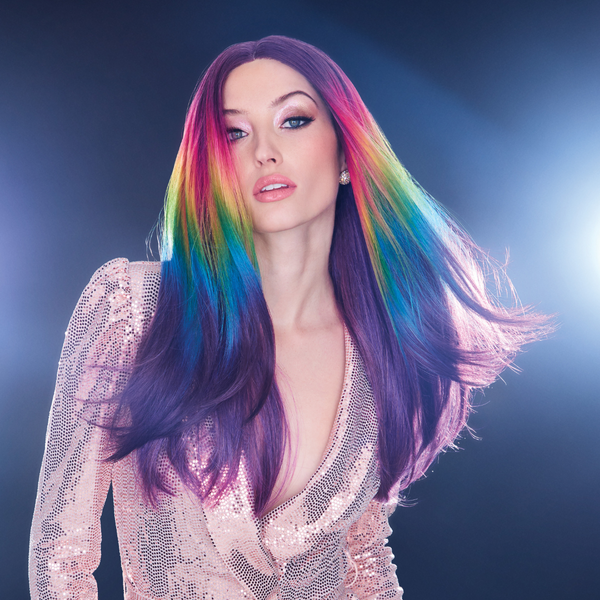Sombre vs Ombre
I am by no means an expert in the latest fashion trends, but there is something so intriguing about looking at my Instagram explore page as I scour for more ideas for myself. But when I was trolling around Pinterest and Instagram, I soon found myself stumped. I found myself staring at - in my mind - two identical images; but the caption underneath stated that they were indeed two different things. But as the internet quickly schooled me on the differences between ombre and sombre, I hope that what I have learned can help you when you are deciding whether or not these trends are for you or not.
Sombre
This is the most low maintenance of the two treatment trends. As the name suggests, sombre is characterized by a subtle color transition from roots to tips. It’s ombre, but softer. There is less of a stark contrast between the roots and the ends, and this treatment adds just enough color to make the shift stand out.
This shading process should be more seamless and gradual than ombre. This can be done by weaving your natural root color throughout the hair, allowing your highlights to blend in naturally. So if someone like me who has a great amount of natural highlights, I would look underneath to my red roots and use that as a base for this soft style.
Note: Sombre can be a time-consuming process at the beginning - similarly to ombre -, but once done the touch-ups are relatively low maintenance. Your hair colorist can add different shades and tones that are similar to your natural color for added dimension and texture and a more natural look than ombre. This cocktail of colors is one of the simplest shifts you can make in your hairstyling repertoire and it works for almost all hair types and colors. But as always, always discuss style options and colors with your stylist before you decide to try this style at home.
Ombre

Ombre means “shaded” in french, and that’s the perfect way to describe this popular style. Ombre is characterized by dark roots that gradually get lighter towards the ends. I would not suggest this look for those of the fairer hair colors; unless you decide to shift to a darker root (which will in the long run lead to more touch-ups). In other words, your hair transitions from one color to another by shading into each other. This style is much more stark than sombre, so unless you want a line
Ombre caught on about six years ago and has remained exponentially popular in the realm of highlighting techniques because it works so well on a wide variety of hair types, lengths, and colors.
Options are endless but typically include warm shades and earthy tones for natural-looking dimension or bold colors and contrasting shades for trend-right style. Keep in mind, with this technique bleaching hair ends can cause damage and breakage, so leave this color process to the professionals.
Note: Initially, this is the more time-consuming process, between two and three hours but once done it can be low-maintenance. It grows out very naturally. Even though ombre techniques have evolved, it is still known for dark roots of any color contrasted by lighter ends.
FInal Thoughts
In the end, how you decide to change up your hair is your prerogative, however, if I could offer a few words of advice they would be this. When you show up to your colorist/stylist’s chair, be sure that you - and your stylist- understand the difference between these styles and have an understanding of which highlighting technique will best fit your lifestyle, budget and your desired look.
Finally, and I cannot stress this enough: DO NOT TRY THIS AT HOME!
As with many of these more in-depth procedures, it is always best to consult a colorist and stylist when debating these styling options.



